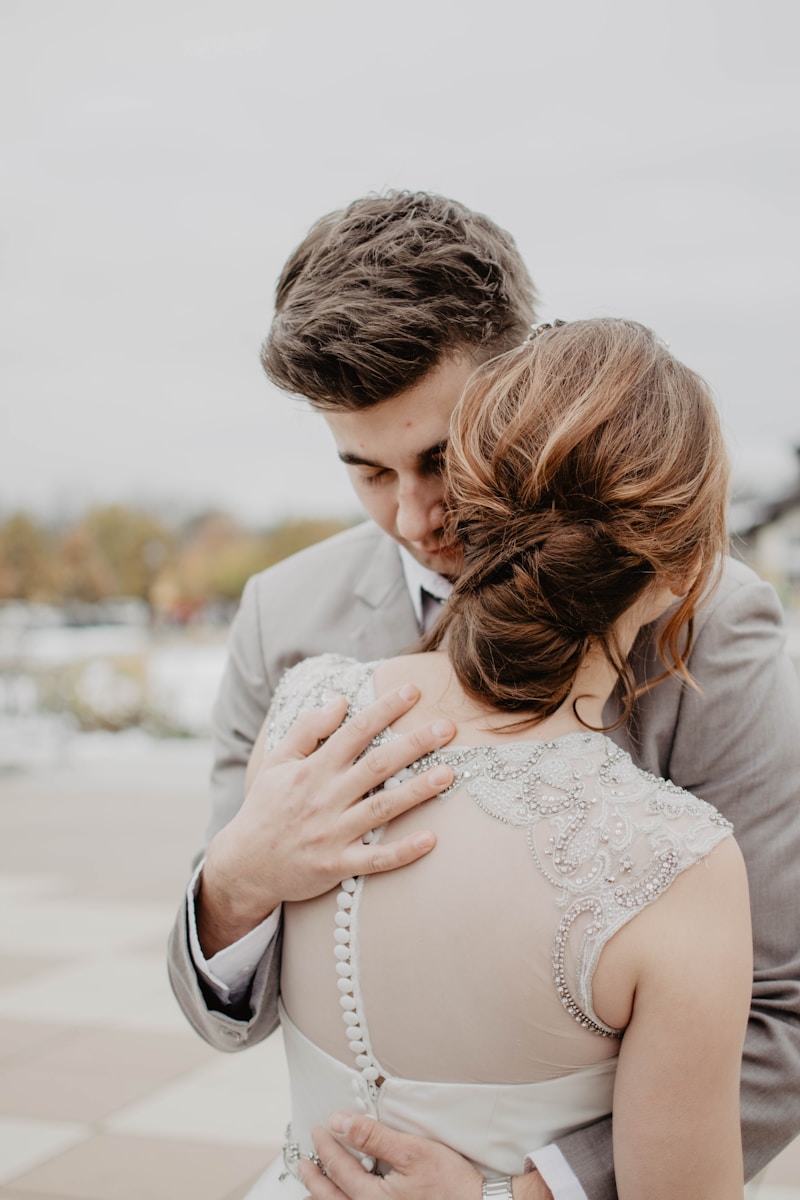Nuptial Customs Around the Globe: A Journey Through Love and Tradition
Exploring Nuptial Customs Around the Globe
Weddings are a universal celebration of love, yet the manner in which couples express their commitment to one another varies significantly across different cultures and regions. In this article, we will take a journey through various nuptial customs around the globe, highlighting unique traditions, rituals, and meanings.
The Significance of Weddings in Different Cultures
Weddings serve not only as a union between two individuals but also as a significant cultural event that reflects the values and beliefs of the community. Customs and rituals can encompass a wide array of meanings, from religious beliefs to social expectations. Let's explore some fascinating nuptial customs that showcase the diversity of marriage traditions worldwide.
1. Traditional Western Weddings
In many Western cultures, weddings are often characterized by a formal ceremony followed by a reception. Couples typically exchange vows and rings, symbolizing their commitment. A common tradition is the bride wearing a white dress, which represents purity. The role of the best man and maid of honor is significant, as they support the couple through the planning and celebration. Additionally, the cake-cutting ceremony is a popular practice, where the couple shares the first piece of cake together, symbolizing their unity.
Popular Western Wedding Traditions and Their Meanings
| Tradition | Meaning |
| White Wedding Dress | Symbolizes purity and innocence. |
| Exchanging of Rings | Represents eternal love and commitment. |
| Throwing the Bouquet | Signifies good luck for single women. |
2. Indian Weddings: A Colorful Extravaganza
Indian weddings are known for their vibrant colors and elaborate ceremonies, often lasting several days. A key aspect of Indian nuptials is the importance of auspicious timings, which are determined based on astrological calculations. The Mehndi ceremony, where intricate henna designs are applied to the bride's hands and feet, signifies beauty and good luck. The Saptapadi ritual, where the couple takes seven steps together, symbolizes their commitment to a loving partnership.
Key Features of Indian Weddings
- Vibrant Attire: The bride usually wears a richly embroidered saree or lehenga, while the groom adorns a sherwani.
- Rituals: Various rituals such as the Kanyadaan (giving away of the bride) and the Mangal Phere (circling the fire) are essential parts of the ceremony.
- Community Celebration: Indian weddings often involve large gatherings, bringing together family and friends to celebrate the union.
3. Japanese Weddings: A Blend of Shinto and Western Influence
Japanese weddings often blend traditional Shinto rituals with Western influences. The Shinto ceremony involves the couple offering prayers to the kami (spiritual beings) and participating in a sake-sharing ritual called san-san-kudo, symbolizing unity. However, some couples opt for Western-style weddings, with white dresses and the exchange of vows. The fusion of these traditions reflects Japan's unique approach to marriage, celebrating both heritage and modernity.
Essentials of Japanese Wedding Ceremonies
| Tradition | Description |
| Shinto Ceremony | A traditional ritual that includes prayers and offerings to deities. |
| San-san-kudo | A sake-sharing ritual that symbolizes the joining of two families. |
| Western Adaptation | Many couples choose a Western-style ceremony, complete with a white wedding dress. |
4. African Wedding Customs: Rich with Heritage
African wedding customs vary greatly across the continent, with each community having its own unique practices. In many cultures, weddings involve traditional dances, songs, and vibrant attire representing the couple’s heritage. The payment of bride price, or lobola, is a common practice in many African societies, symbolizing the groom’s gratitude to the bride's family. Rituals such as the tying of the knot with a cord or fabric signify the couple's unity.
Notable African Wedding Traditions
- Traditional Attire: Couples often wear colorful garments that reflect their cultural backgrounds.
- Pomp and Ceremony: Festivities include music, dance, and often large gatherings.
- Community Involvement: The participation of family and community members is crucial in African weddings.
5. Unique Customs in Other Cultures
In addition to the previously mentioned cultures, many unique customs exist worldwide. For instance, in Scotland, couples may perform the handfasting tradition, where they bind their hands together to symbolize their union. In Mexico, the Lazo (a large rosary or cord) is draped around the couple to signify their unity. Each of these traditions enriches the tapestry of global nuptial customs, showcasing the diverse ways in which love is celebrated.
Interesting Global Wedding Traditions
| Culture | Tradition | Meaning |
| Scottish | Handfasting | Symbolizes the couple's commitment. |
| Mexican | Lazo Ceremony | Represents unity and protection over the couple. |
| Chinese | Tea Ceremony | Signifies respect and gratitude towards family. |
Summary and Conclusion
In conclusion, nuptial customs around the globe highlight the rich tapestry of cultural expressions associated with love and marriage. From traditional ceremonies filled with vibrant rituals to modern adaptations, each culture offers a unique perspective on what it means to unite two lives. While some of these customs may seem strange or unusual, they all share a common goal: to celebrate love and commitment.
As you embark on your own journey toward marriage or plan to attend a wedding, consider the significance of the customs being observed. Understanding and respecting these traditions not only enriches your experience but also honors the diverse cultures they represent. When celebrating love across cultures, remember that every custom tells a story, and every story is worth sharing.
